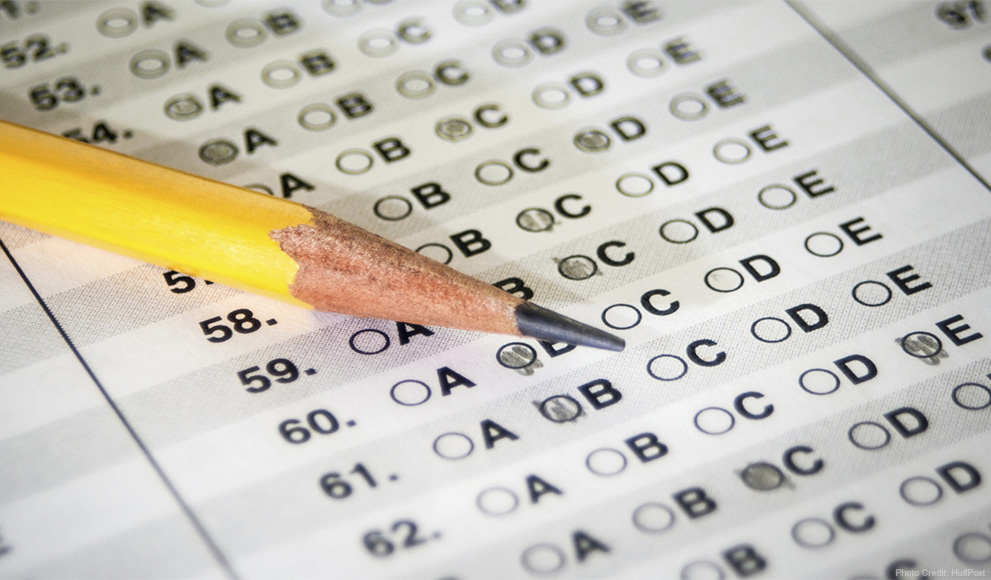
As testing season approaches, you can practically feel the anxiety radiating from school hallways everywhere at the mention of the SAT. Typically taken by high school juniors and seniors, the SAT is used as a predictor for academic proficiency in college. Taken at face value, this concept appears relatively self-evident and unproblematic. But put it into context, and we find many more complex layers beneath the surface.
Prior to and throughout our high school career, we are told that the smartest kids get the best grades. The smartest kids will attend the best universities because the smartest kids will score the highest on the SAT. The smartest kids will receive the highest four-digit analysis of the past twelve years of their lives. We are told to value our uniqueness and take pride in standing out — and then we are told that in order to succeed, we must excel in a standardized test consisting of over one hundred fifty questions and an optional essay to be completed within a limited amount of time. This is how we will know if we are worthy of the education we desire.
Never mind the innumerable confounding variables that have the potential to affect a student’s score. Never mind that not all students can afford to spend the hundreds or even thousands of dollars that SAT prep can cost. Never mind the 400-point gap between the poorest and richest students, and the positive correlation between family income and test scores. Never mind the racial gap prevalent in test score data, leaving students of color less likely to succeed.
Forget that a significant amount of adolescents experience anxiety or other mental health issues that impact their well-being and, as a result, their ability to effectively prep for and score well on tests like the SAT. Forget that around 34 to 38 percent of students in the US experience some degree of test anxiety, which causes them to essentially “freeze up” in the testing room — something that test-takers can’t exactly afford when they have about a minute and 15 to 17 seconds on average to spend on each question of the SAT.
We must ignore these things, because if we address them, we may begin to believe that test scores can actually be determined by factors other than intelligence.
That’s not to say that those in charge have completely neglected the problem. The SAT was recently redesigned by College Board CEO David Coleman, and the new test debuted earlier this year. But the new format does not solve the demographic gaps listed above, and still puts non-native English speakers and students with undiagnosed learning disabilities, such as dyslexia, at a disadvantage.
As students, it is important to remember that, despite what our education system often implies, report cards and test scores do not define us. Academia is but a single star in a galaxy of human characteristics, and is far from the be-all and end-all of our success. Since we are actually not superhuman, all we can possibly do is our best; for many, this does not consist of top percentile test scores in an extremely competitive academic environment. And for others, it does.
No matter where you fall on the scale, let’s be thankful that each individual in a sea of test-takers is not a prototype of the next. If we all were to possess the same strengths and weaknesses, our world would certainly not be the most interesting place.




